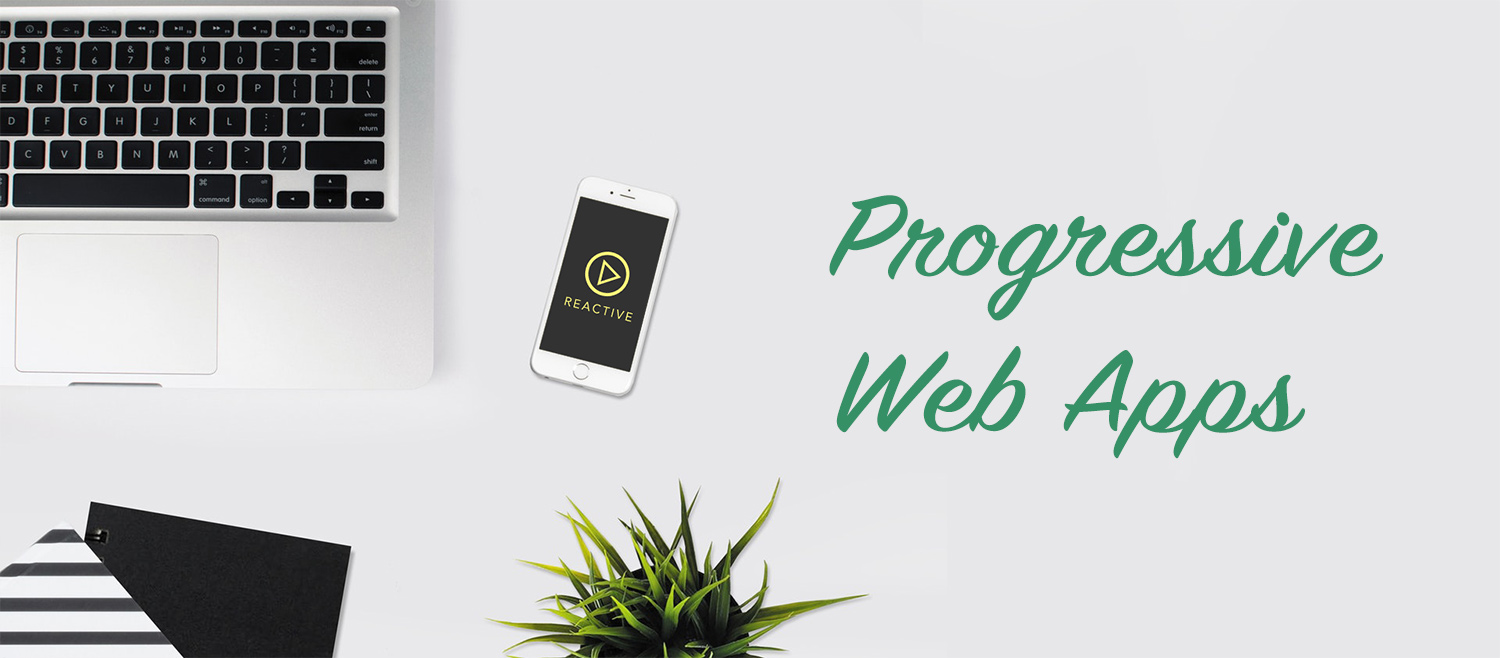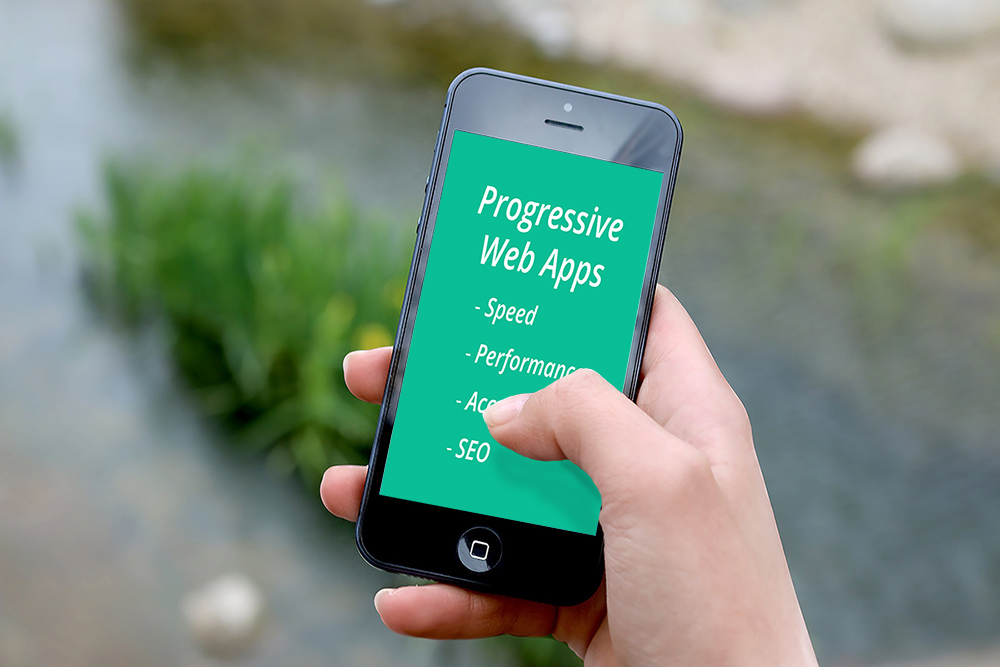It only takes a cursory glance on a morning commute to see the tremendous impact technology has had on our lives. What began as a humble phone has grown into an indispensable tool that allows us to read, view, share and game with very little thought to the newspaper that now lies purposeless on the train carriage floor. Once upon a time, apps appeared to be the hot new thing, set to take full advantage of this boom in portable technology – and take advantage they did, at least as far as cost and the public’s attention would allow.
It’s worth asking yourself when the last time was that you actively searched for a fun new app to engage with, as most of us now choose to interact with the same handful of apps that we typically use each day. This can make it incredibly tough for a business to make an impact and grow their audience through an app at this stage, especially when you consider the hoops that you’re required to jump through if you wish to get your app on the store or keep it up-to-date with fresh content. It’s not that apps are old news yet, but the fact that every business needs a website, but not necessarily an app, is clearly a sign that more must be done if they’re ever to become an essential business tool.

Why the Progressive Web App can’t be ignored
This brings us to the hot new take that developers around the world are beginning to wake up to. The progressive web app, or PWA for short, combines the smooth user-experience of a conventional native app with the discoverability of a mobile web page. The advantages presented by this new technology are numerous and, without any serious rivals at time of writing, provides a desirable alternative that businesses would do well to take note of.
The progressive web app is incredibly versatile and comes with a host of benefits that you wouldn’t normally get from a standalone mobile web page or native app. The ‘progressive’ aspect means that it will work responsively on any device, run smoothly on low-quality networks and can provide offline functionality depending on the type of content delivered. More impressively, a progressive web app is easily shared through a single URL and will be indexed by search engines, so it can spread like wildfire through social channels and be discovered in a Google search. In terms of design, PWAs run off the ‘app shell model’, making them visually pleasing and content-focused, with minimal code and few back-end systems to slow things down.
Finding success with big business
Despite its status as the new kid on the block, the progressive web app has already been noticed by some big-name brands. Twitter is a great example of the PWA at work, as it allows users to post content on mobile at high speed, all with less data usage than a native app. Other companies such as Starbucks, Forbes, and Pinterest all make use of progressive web apps to engage their audience, leading the charge with fast-loading designs that grow their consumer base.
Trivago chose a PWA as a means to provide the functionality of an app, but offered in the web browser and in a way that’s platform agnostic. Alibaba, a popular online marketplace, reportedly found a vast increase in conversions thanks to the user’s ability to add the PWA to their home screen. Other companies such as Fandango, Flipkart and The Washington Post have reported significant speed increases over their mobile web pages.

The best of an app, the best of a web page
The PWA offers few disadvantages as it effectively does away with crowded stores and half-baked attempts at mobile responsiveness. Without needing to resubmit your app to a marketplace each time you make a change, including a progressive web app in your business plans will likely prove liberating, especially if you already own a native app and have experienced the issues that can occur first-hand. Those unconvinced of its longevity may have some justification, if only due to the rate of change technology sees year after year. For those questioning whether to invest in a native app, however, the progressive web app is currently the most flexible and cost-effective answer to date.
In essence, the progressive web app offers the best of both worlds. Business owners chasing mobile responsiveness would benefit from a standard mobile web page in most situations, but such a page would then lack the usability found in an app. Likewise, those seeking app functionality may do very well with a native app, if they can grit their teeth through the restrictions and find a way to market their app effectively. The progressive web app puts the end-user first and is immediately marketable, making it the perfect choice for a business looking to dip its toes into app functionality.
This is where Reactive Graphics comes in
This sounds like a great opportunity, doesn’t it? If you’re on the fence about app development and would like to discuss your options then contact us at Reactive Graphics today. As a team of highly experienced web project managers, we pride ourselves on our knowledge of modern trends and how they can be used to grow your audience online. We can develop a progressive web app that will put your business at the very forefront of technology, delivering a user-experience that’s fast, stylish and accessible.


